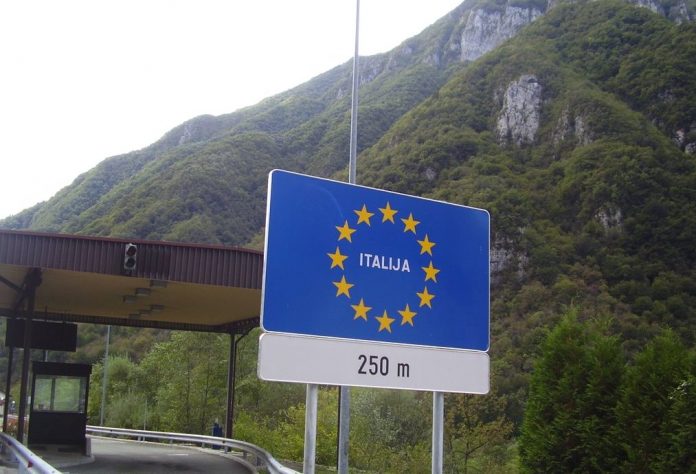by InTrieste
The European Union is preparing to introduce a new digital border control system this fall, marking a significant change in how it manages the entry and exit of travelers from non-EU countries. Framed by EU officials as a long-overdue modernization, the Entry/Exit System (EES) is set to launch on October 12, initiating a six-month adaptation period across member states. Full implementation is expected by April 2026.
The EES will replace the manual passport-stamping process for travelers from non-EU countries with an automated system that registers the time and place of entry and exit. The system will also collect biometric data — including fingerprints and facial images — at border crossings, aiming to strengthen security and reduce the risk of overstays.
According to explanatory materials provided by the European Commission, third-country nationals entering the EU — including travelers from the Western Balkans — may be asked to scan their fingerprints and be photographed upon arrival. The process is designed to become faster after the initial entry, with subsequent border checks involving only biometric verification. To streamline the procedure, the EU is introducing a mobile app, Travel to Europe, which will allow travelers to pre-register their personal information before arriving at the border.
Despite the planned October launch, the readiness of EU border checkpoints remains uncertain. According to the Commission’s estimates, only about 10 percent of crossing points will be equipped with the necessary technology at the start, with gradual expansion expected over the following months.
The EES is a foundational step toward the implementation of a second system known as ETIAS (European Travel Information and Authorization System), which is expected to be more extensive and has drawn criticism from several member states, including Germany and France. Concerns have been raised over the potential for long delays and congestion at border crossings once both systems are fully operational.
The new regulations will not affect EU citizens, who will continue to cross borders as they do now. However, the changes represent a notable shift for millions of non-EU travelers, particularly frequent visitors and residents of neighboring countries. As the adaptation phase begins, questions remain about the logistical rollout and the balance between security and accessibility at Europe’s borders.































